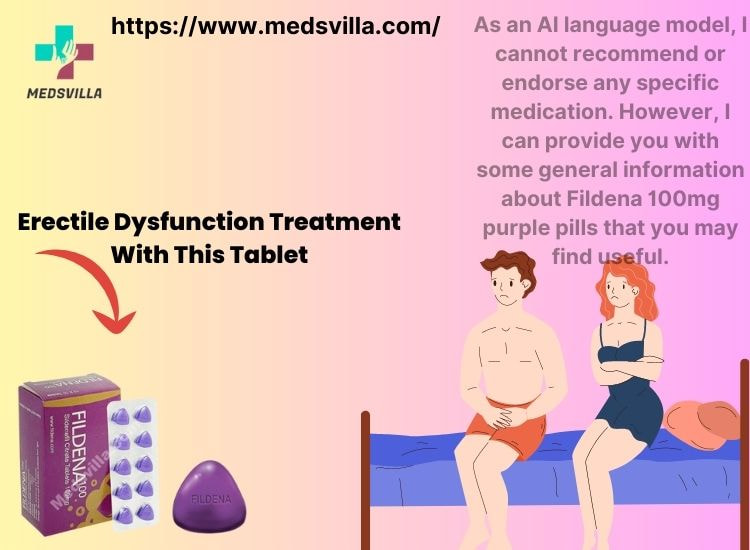
angelina951140
About angelina951140
Understanding Eating Disorder Treatment: A Complete Case Research
Introduction
Eating disorders (ED) are complex psychological health circumstances that can have extreme bodily and psychological consequences. This case study explores the treatment of a 24-12 months-old female named Sarah, who was diagnosed with anorexia nervosa. By analyzing Sarah’s journey by means of treatment, we will achieve insights into the multifaceted approaches needed to deal with consuming disorders successfully.
Background
Sarah, a faculty pupil pursuing a level in psychology, had all the time been a excessive achiever, excelling academically and socially. Nonetheless, throughout her sophomore yr, she began to wrestle with her physique image and vanity. The strain to maintain an ideal look, combined with tutorial stress, led her to develop restrictive eating habits. Over the course of a 12 months, Sarah misplaced a big amount of weight, which alarmed her associates and family.

Despite their concerns, Sarah was resistant to acknowledging her consuming disorder. She believed that shedding weight would enhance her self-price and educational efficiency. It wasn’t till she collapsed throughout a routine physical examination that she was compelled to seek assist. A medical professional diagnosed her with anorexia nervosa, and she was referred to a specialized treatment program.
Preliminary Assessment
Upon entering the treatment program, Sarah underwent a comprehensive evaluation. This included a radical medical analysis, psychological testing, and nutritional assessment. The healthcare group, consisting of a psychiatrist, psychologist, dietitian, and medical physician, collaborated to develop an individualized treatment plan tailored to Sarah’s particular wants.
The evaluation revealed that Sarah had a physique mass index (BMI) significantly below the conventional vary, together with signs of malnutrition, electrolyte imbalances, and extreme anxiety. Psychologically, she exhibited perfectionistic tendencies, low self-esteem, and distorted body image perceptions. Recognizing these elements was crucial in shaping her treatment approach.
Treatment Plan
The treatment plan for Sarah encompassed several key parts:
- Medical Stabilization: Given Sarah’s bodily state, the first priority was medical stabilization. This concerned monitoring her very important signs, addressing any electrolyte imbalances, and progressively reintroducing meals into her weight-reduction plan below the supervision of a dietitian.
- Nutritional Counseling: Sarah met often with a dietitian who specialized in consuming disorders. The dietitian helped her set up a meal plan that targeted on balanced nutrition, emphasizing the significance of normal meals and snacks. The goal was to help Sarah rebuild a healthy relationship with meals.
- Psychotherapy: Sarah engaged in cognitive-behavioral therapy (CBT), which is broadly thought to be an efficient treatment for anorexia nervosa. CBT aimed to problem and alter Sarah’s distorted ideas about physique image and weight, serving to her develop healthier coping mechanisms.
- Group Therapy: Participation in group therapy periods allowed Sarah to attach with others facing similar struggles. This setting fostered assist, understanding, and shared experiences, which had been instrumental in her recovery journey.
- Household Involvement: Recognizing the role of household dynamics in consuming disorders, Sarah’s treatment included household therapy sessions. This helped her household understand her condition higher and provided them with tools to assist her restoration effectively.
Progress and Challenges
Within the initial weeks of treatment, Sarah experienced important challenges. She struggled with anxiety throughout meal instances and often felt overwhelmed by the prospect of gaining weight. Despite these difficulties, the supportive environment of the treatment program allowed her to precise her fears and frustrations.
As weeks progressed, Sarah started to point out indicators of enchancment. With the assistance of her dietitian, she progressively increased her caloric intake and started to regain weight. If you have any queries with regards to where and how to use erectiledysfunctiontreatments.online, you can call us at our page. Psychotherapy sessions helped her determine underlying points related to her self-price and perfectionism. She realized to challenge her damaging ideas and exchange them with extra constructive affirmations.
Nonetheless, setbacks were inevitable. Sarah skilled moments of relapse, particularly during aggravating periods akin to exams. During these times, she would revert to restrictive eating patterns and unfavorable self-speak. The treatment team emphasized the significance of resilience and encouraged her to make the most of coping strategies learned in therapy.
Outcomes and Reflections
After six months in the treatment program, Sarah achieved vital progress. She reached a healthier weight and demonstrated improved bodily well being markers. Psychologically, she exhibited a more constructive body picture and higher self-acceptance. The mixture of medical care, nutritional steering, and psychological help proved efficient in her restoration.
Sarah’s journey highlighted a number of crucial features of eating disorder treatment:
- Holistic Approach: Efficient treatment requires a complete method that addresses medical, nutritional, and psychological needs. Each facet of care is interconnected and vital for restoration.
- Individualization: Treatment plans must be tailored to the individual’s unique circumstances, together with their psychological profile, physical well being, and private targets.
- Assist Programs: Involving family and friends within the treatment process can improve recovery. Assist from liked ones performs a vital position in offering encouragement and understanding.
- Resilience and suppleness: Restoration from an consuming disorder is commonly nonlinear, with ups and downs along the way in which. Cultivating resilience and learning to navigate setbacks are essential parts of the healing process.
Conclusion
Sarah’s case underscores the complexity of treating eating disorders and the necessity for a multifaceted method. While her journey was fraught with challenges, the mixture of medical care, nutritional help, and psychological therapy ultimately led her toward restoration. This case examine serves as a reminder of the importance of complete treatment strategies and the need for continued research and awareness surrounding eating disorders.
No listing found.

